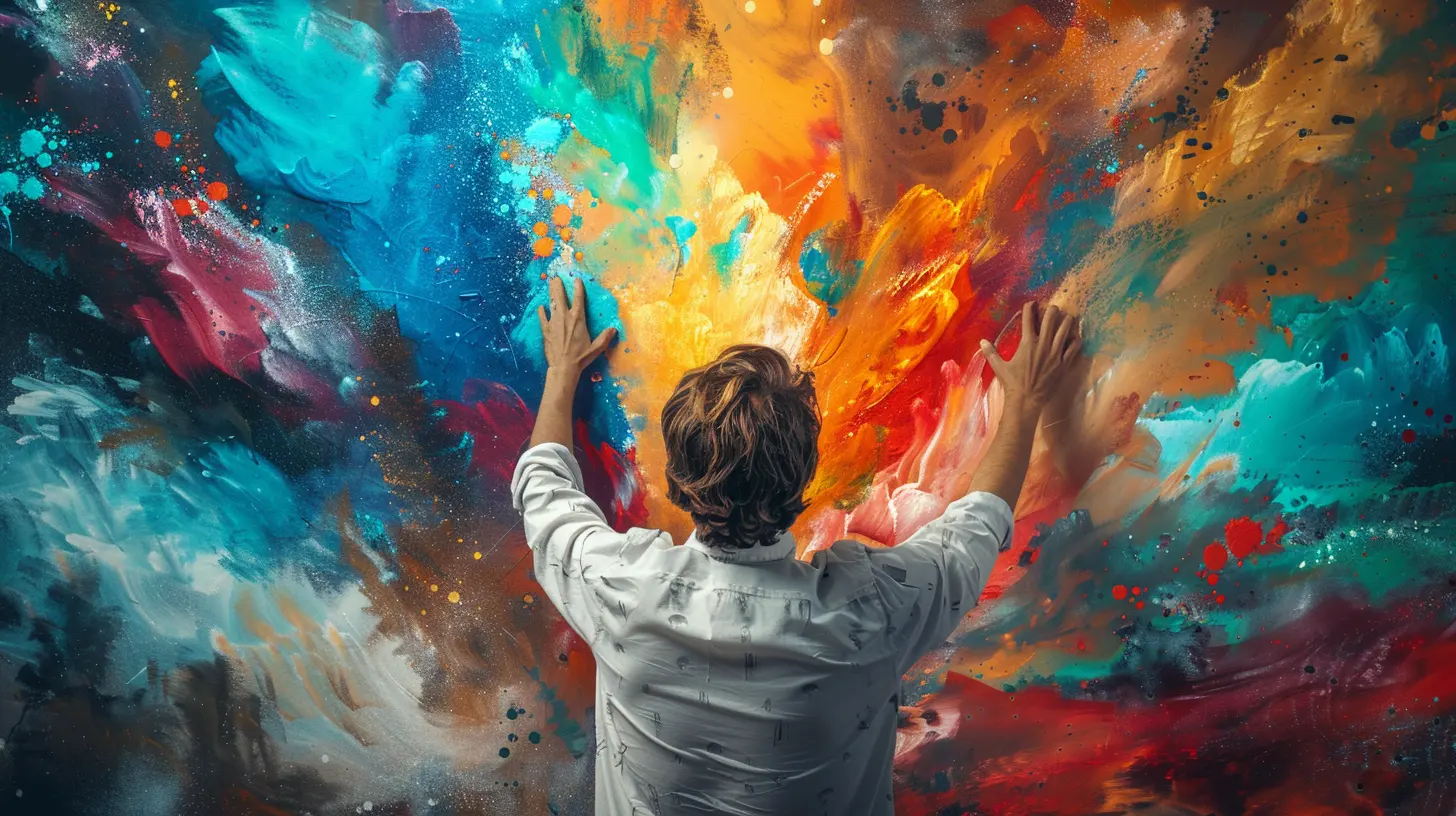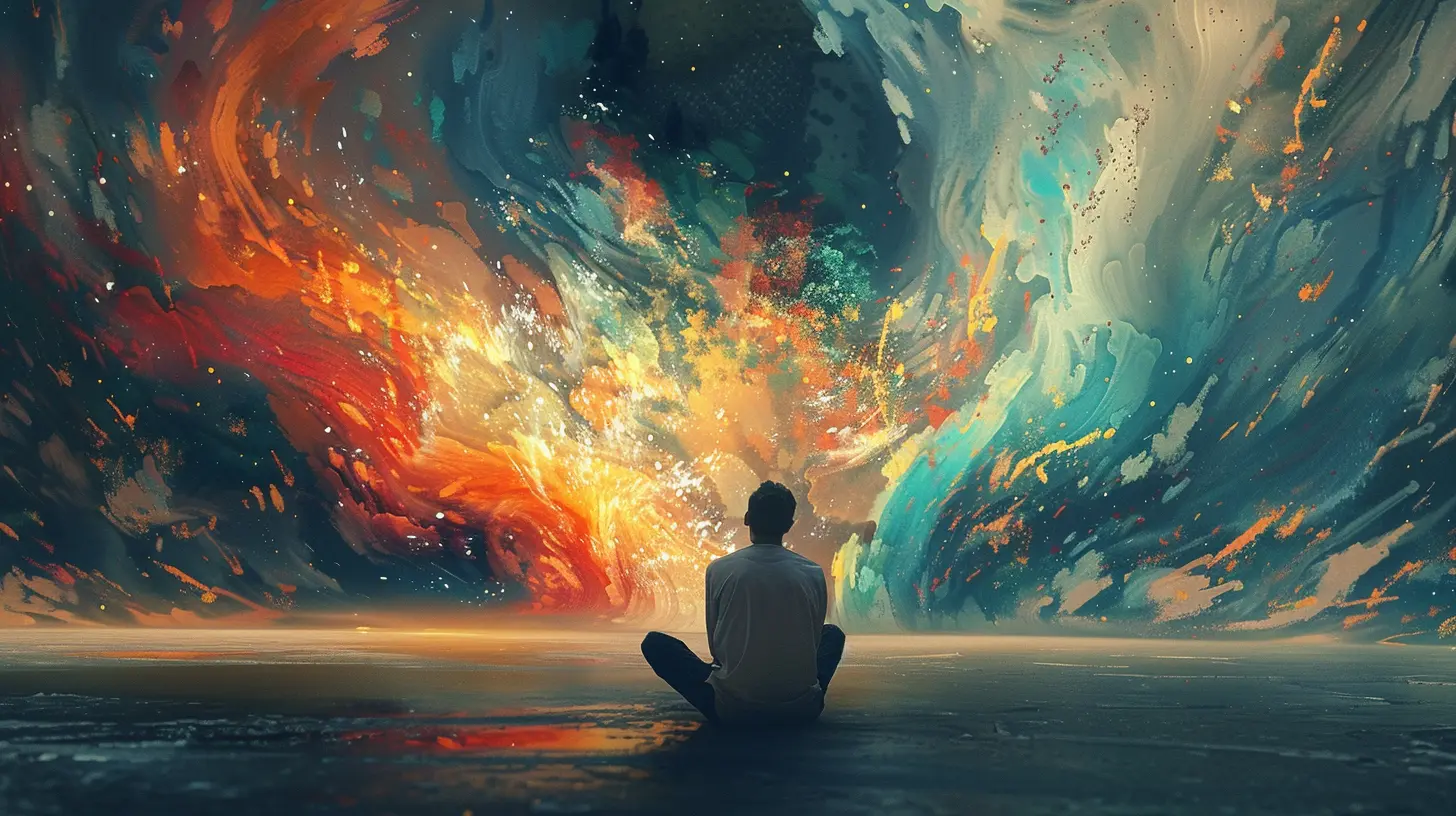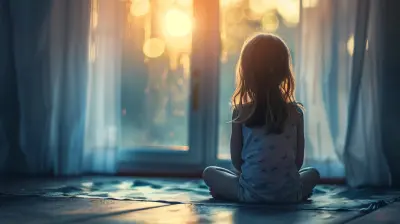The Psychology of Creativity: Unleashing Your Inner Genius
27 November 2025
Let’s be honest—creativity is one of those sparkly words we often throw around without truly understanding what it means or where it comes from. Maybe you’ve thought, “I’m just not the creative type,” or perhaps you’ve assumed that creativity is reserved for artists, musicians, and eccentric geniuses who live in cluttered studios and drink way too much coffee.
Spoiler alert: that’s a myth.
Here’s the truth—creativity isn’t some magical trait reserved for the lucky few. It’s a mindset. A process. A way of seeing the world. And guess what? You have it too. Yep, deep inside your busy brain is an untapped well of imagination, just waiting for you to lift the lid.
So, let’s dive into the psychology of creativity and how you can unleash that inner genius you didn’t even know you had.
What Is Creativity, Really?
At its core, creativity is about making connections. It’s taking two seemingly unrelated ideas and fusing them into something new. Think about it: the wheel and the suitcase existed separately for centuries. Someone thought, “Why not put wheels on a suitcase?” Boom—rolling luggage.Pretty creative, right?
But here’s the kicker—creativity isn’t just about inventing things. It also shows up in everyday life. You're being creative when you cook without a recipe, solve a problem at work, or come up with a hilarious comeback an hour after the argument (we’ve all been there).
So, the big idea is this: Creativity = Original Thought + Expression + Value. If you do something in a fresh, meaningful way, congratulations—you’re being creative.
The Science Behind Creativity
Now that we’ve defined creativity, let’s get into the good stuff—the brain science. Yeah, it's about to get a little nerdy, but stick with me.The Creative Brain Network
Your brain isn’t a messy tangle of wires firing randomly (though it may feel that way on Monday mornings). It’s organized into networks. The three main players in creativity are:- The Default Mode Network (DMN): This lights up when your mind wanders—daydreaming, reminiscing, envisioning the future. It’s the birthplace of imagination.
- The Executive Control Network (ECN): This kicks in when you focus. It filters ideas, organizes thoughts, and helps you stay on task.
- The Salience Network: This one acts like a switchboard operator, deciding which ideas from DMN and ECN are worth your attention.
These networks work together (and sometimes clash), but when they’re in sync—bam!—you enter what psychologists call “flow,” that magical state where ideas are flying and everything clicks.
Neurotransmitters and Creativity
Your biochemistry plays a role, too. Dopamine, the brain’s reward chemical, is heavily linked to creative bursts. That “aha” moment? A hit of dopamine often triggers it. So, doing things you enjoy (like listening to music, taking a walk, or meditating) can actually boost your creativity.
Nature vs. Nurture: Are Creative People Born or Made?
This old debate still lingers, but here’s the latest scoop from psychology—creativity is both innate and cultivated. While genetics may give some people a head start, the real magic comes from environment, mindset, and practice.Think of creativity like a muscle. Some people might be born with more muscle mass, but everyone can build strength with enough reps. Likewise, even if you weren't the artsy kid in school, you can absolutely develop your creative chops.
Traits of Highly Creative People
What makes some people seem like idea-generating machines? Psychologists have studied creative folks for decades and found a few common traits:- Curiosity: They're endlessly interested in the world around them.
- Risk-Taking: They’re not afraid to fail (or at least, they don’t let fear stop them).
- Openness to Experience: New ideas? Different cultures? Weird hobbies? Bring ’em on.
- Intrinsic Motivation: They create for the joy of it, not just for recognition or reward.
- Tolerance for Ambiguity: They’re cool with not having all the answers—yet.
If you see a bit of yourself in these, awesome. If not, don't worry. These traits can be learned and strengthened over time.
Blocks to Creativity (And How to Break Through Them)
Here’s the not-so-fun part: creativity doesn't always flow. You sit down to write or brainstorm or build, and… crickets. Total mental block.Here are some common creativity killers—and how to kick them to the curb.
1. Fear of Failure
This one's a biggie. You're afraid of messing up, so you don't even try. But guess what? Failing is part of the creative process. Every masterpiece has a messy first draft.Hack: Start calling your rough ideas “experiments.” It takes the pressure off and opens the door to exploration.
2. Perfectionism
Waiting for the “perfect” idea is a creativity trap. Perfection is the enemy of progress.Hack: Set a timer and challenge yourself to come up with as many ideas as possible—no judgment, no editing. Quantity first, quality later.
3. Routine Overload
Doing the same thing day in and day out? Your brain snoozes. Creativity thrives on novelty.Hack: Switch up your habits. Drive a different route. Try a new café. Take a class just for fun. New input = new ideas.
How to Build a More Creative Mind
Okay, so we’ve talked about what creativity is, how it works, and what gets in its way. Now let’s get practical.Here are some hands-on ways to boost your creative brainpower:
1. Embrace Boredom
Yup, you read that right. When your brain isn’t distracted, it starts connecting dots in unusual ways. That’s why some of your best ideas pop up in the shower.Do this: Put your phone away. Go for a walk without headphones. Let your mind wander.
2. Keep a Creativity Journal
Ideas are slippery. One minute they're vivid, the next they’ve vanished.Do this: Keep a small notebook or use an app to jot down thoughts, dreams, quotes, and random musings. Over time, this becomes a treasure chest of inspiration.
3. Try Mind Mapping
Instead of writing in straight lines, map out your thoughts like branches on a tree. This visual approach can help you uncover connections you didn’t see before.4. Hang Around Creative People
Energy is contagious, right? Spending time with imaginative folks can supercharge your own creativity.Do this: Join a writing group, attend a workshop, or just have more deep convos with people who think differently than you do.
Creativity in Everyday Life
Remember, creativity isn’t limited to painting sunsets or composing symphonies. It’s for everyone, everywhere.- At Work: Problem-solving, innovation, brainstorming new strategies.
- In Relationships: Finding playful ways to connect, resolving conflicts with empathy.
- At Home: Redecorating, cooking, organizing, budgeting in fun ways.
Every time you step outside the usual routine, you’re being creative. Don’t underestimate those small sparks—they add up over time.
The Link Between Creativity and Mental Health
Now, let’s address something powerful—and often overlooked. Creativity can be a lifeline for mental health.Research shows that engaging in creative activities reduces stress, boosts mood, and even helps with conditions like anxiety and depression. Why? Because creativity gives you an outlet. It gives your feelings somewhere to go.
Ever scribbled furiously in a journal after a tough day? Or turned on music and danced like no one was watching? That's therapy. That’s healing. That’s creativity.
Final Thoughts: Your Inner Genius Is Already There
Here’s the truth: you don’t need to “find” your creativity. It’s not lost. It’s just been hiding under layers of doubt, fear, and everyday busyness.Unleashing your inner genius isn’t about being perfect or producing masterpieces. It’s about showing up. Being curious. Playing. Taking risks. Trusting your brain to connect the dots, even when it doesn’t make complete sense yet.
You are creative.
You don’t need permission. You don’t need to wait.
Start today. Scribble something. Build something. Ask a weird question. Make a mess.
Your inner genius is ready—are you?
all images in this post were generated using AI tools
Category:
PsychologyAuthor:

Eliana Burton

